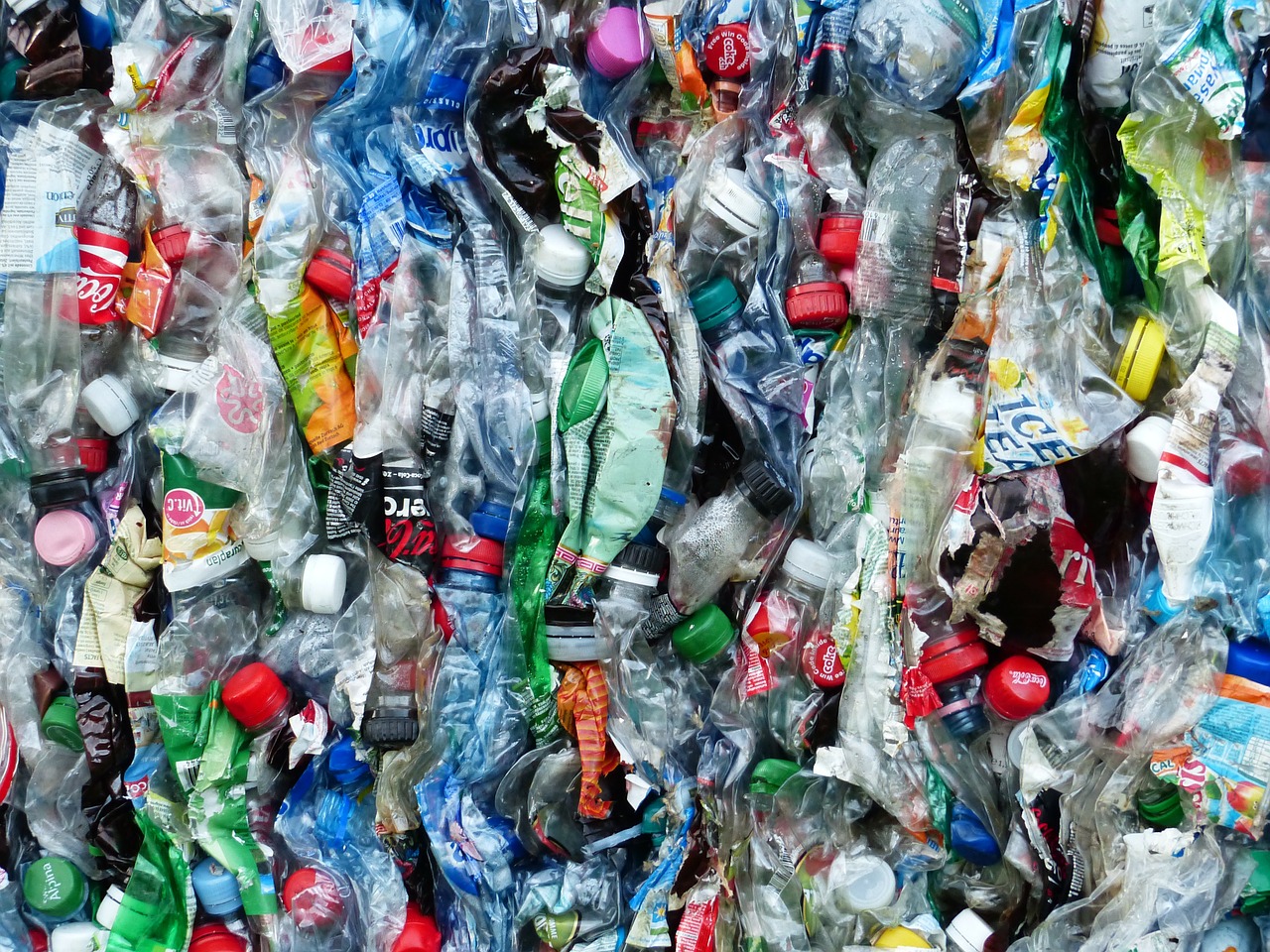
Te Whanganui-a-Tara – Researchers have revealed that the impact of plastics on climate and health is bigger than originally thought.
Due to the increased use of coal for process heat, electricity, and as a raw material in production, the carbon footprint of plastics is growing.
Researchers use a new method that accurately maps global value chains from production to consumption across industries, countries and regions.
Plastics are useful, cheap, and extremely popular. Global demand for them has quadrupled in the last forty years and is expected to continue to rise, with negative consequences for the environment and human health.
The public is aware of the environmental harm caused by plastics, particularly at the end of their life cycle, such as when they release greenhouse gases and air pollutants when burned or pollute water and soil in the form of microplastics.
Research into the global environmental impact of plastics has also focused primarily on the disposal phase. There are few studies about the production of plastics, which also affects the climate and air quality.
However, such an in-depth analysis requires detailed information about supply chains and processes in order to trace the relevant material and energy flows.
Through painstaking detective work, the Institute of Science, Technology and Policy (ISTP) at ETH Zurich researchers analysed the climate and health impact of the global plastics supply chain over a 20-year period.
In a study recently published in Nature Sustainability, the researchers found the global carbon footprint of plastics has doubled since 1995, reaching 2.2 billion tons of CO2 equivalent (CO2e) in 2015.
This represents 4.5 percent of global greenhouse gas emissions and is more than previously thought.
Over the same period, the global health footprint of plastics from fine particulate air pollution has increased by 70 percent, causing approximately 2.2 million disability-adjusted life years (DALYs) in 2015.
For their study, the team determined the greenhouse gas emissions generated across the life cycle of plastics—from fossil resource extraction, to processing into product classes and use, through to end of life, including recycling, incineration, and landfill.
The researchers identify booming plastics production in coal-based, newly industrialised countries such as China, India, Indonesia, and South Africa as the main cause of the growing carbon footprint of plastics.
The energy and process heat needed for the production of plastics in these countries comes primarily from the combustion of coal. A small amount of coal is also used as a raw material for plastics.
When coal is burned, it produces extremely fine particles that accumulate in the air. Such particulate matter is very harmful to health and can cause asthma, bronchitis, and cardiovascular disease. As more and more coal is used for process heat and electricity, and as a raw material in plastics production, the negative consequences for health are also increasing.



